
Traveling is amazing, right? Seeing new places, discovering new cultures, trying new foods - there's nothing better.
The only problem with traveling to far away places is the long-haul flight.
Spending 8, 12, or even 14 hours on an airplane without the ability to stretch your legs or get some fresh air is not only uncomfortable but also quite boring.
Imagine if there was a way to cut the flight time in half - wouldn't that be amazing?
NASA is currently working on reviving supersonic air travel with a new passenger aircraft!
One of the main objectives for NASA's project is also to reduce the noise of the jet and its sonic boom.
History of supersonic aviation
Supersonic aircrafts that travel faster than the speed of sound used to be very popular from the 1970s until the early 2000s.
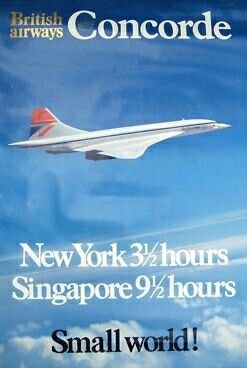
The Concorde was famous for its transatlantic flights between Paris/London and New York in just over 3 hours.
But then, a tragic accident happened in July 2000.
A Concorde had trouble starting in Paris, and crashed only 1 minute after its launch - all passengers and crew members died, over 100 people in total.
Although the aircraft manufacturers improved the safety, not enough tickets were being sold after this dramatic crash.
That's why supersonic air travel ended in 2003.
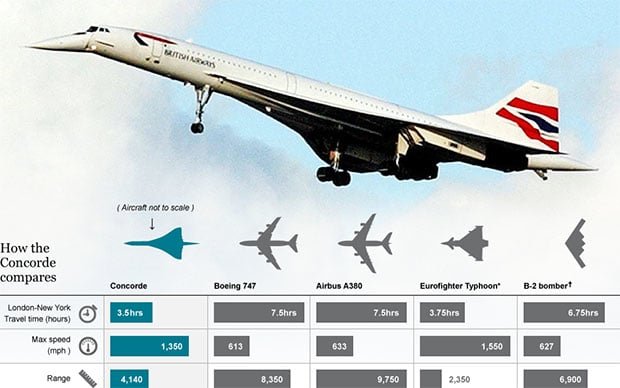
NASA's new approach - a quieter supersonic aircraft
NASA has announced that they will begin the testing phase for their new supersonic passenger jets at the Kennedy Space Center in Florida.
The main objective is to reduce the sound of the sonic boom - the shock wave that emits from an aircraft that moves faster than the speed of sound.
The noise is expected to be around 65dBa - which is very quiet for an airplane, and can be compared to the noise level inside a luxury car.
Traditional supersonic airplanes like the Concorde were reaching levels of 90dBa, which is why they were only limited to overseas flights.
NASA's quieter planes would be able to fly just about anywhere, for example cutting the flight time between Los Angeles and New York in half (3 hours).
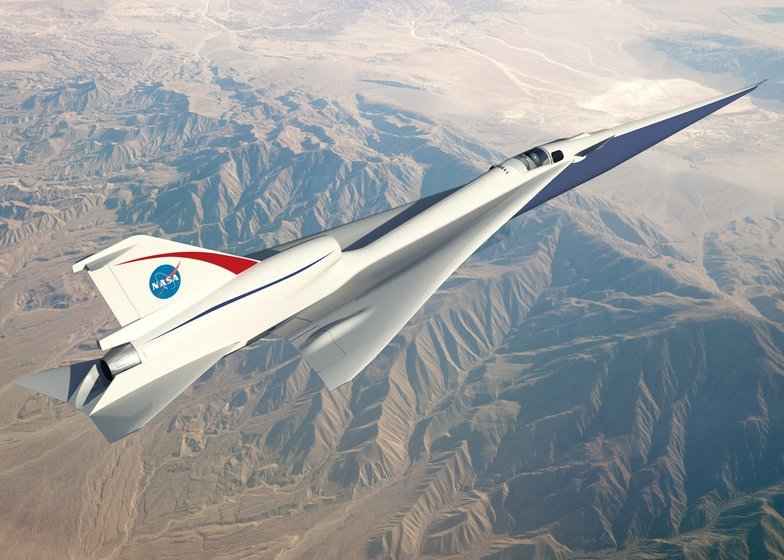
Test phase
Starting August 21, NASA will test the new aircrafts at the Kennedy Space Center.
The testing phase will be concluded in early september, with a total of 33 sonic booms.
Residents in the area are only supposed to hear a distant thump, similar to the sound of thunder.
During the test flights, there will be 2 microphones recording the sonic booms at an altitude of 4,000 - 10,000 feet.
Although the technology is still far from becoming commercial, NASA plans for prototypes to begin testing as early as 2021.
"At the altitudes we are flying, sonic booms from aircraft have never been dangerous to people, animals, or buildings, but they can be startling. Residents might hear a distant sound similar to a rumble of thunder. If the actual winds at the time of our tests are much different from predicted, they might hear a boom sound like those heard when the space shuttle landed. That may be startling, but there is no reason to be alarmed."-Ed Haering, principal investigator of SonicBAT (Sonic Booms in Atmospheric Turbulence flights)
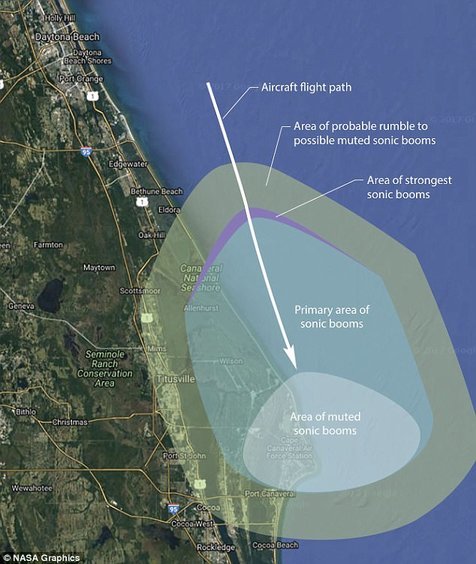
Possible flight times with NASA's new supersonic aircraft
London - New York: 4 hours
London - Paris: 40 minutes
London - Moscow: 1 hour, 50 minutes
London - Cape Town: 5 hours, 45 minutes
London - Singapore: 6 hours, 30 minutes
London - Sydney: 11 hours
“NASA is working hard to make flight greener, safer and quieter – all while developing aircraft that travel faster, and building an aviation system that operates more efficiently. To that end, it’s worth noting that it's been almost 70 years since Chuck Yeager broke the sound barrier in the Bell X-1 as part of our predecessor agency's high speed research. Now we’re continuing that supersonic X-plane legacy with this preliminary design award for a quieter supersonic jet with an aim toward passenger flight."
-NASA Administrator Charles Bolden
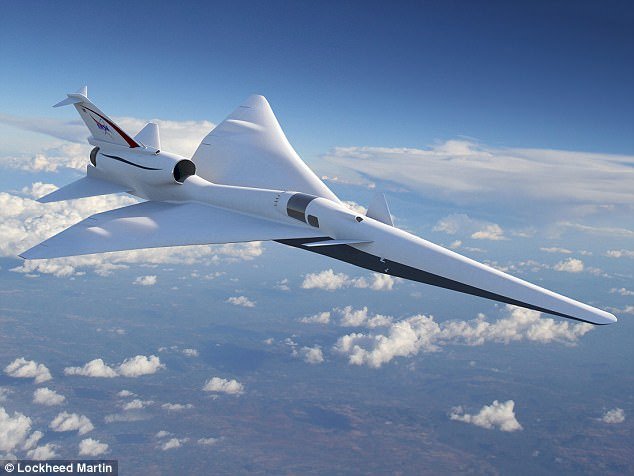

© Sirwinchester

